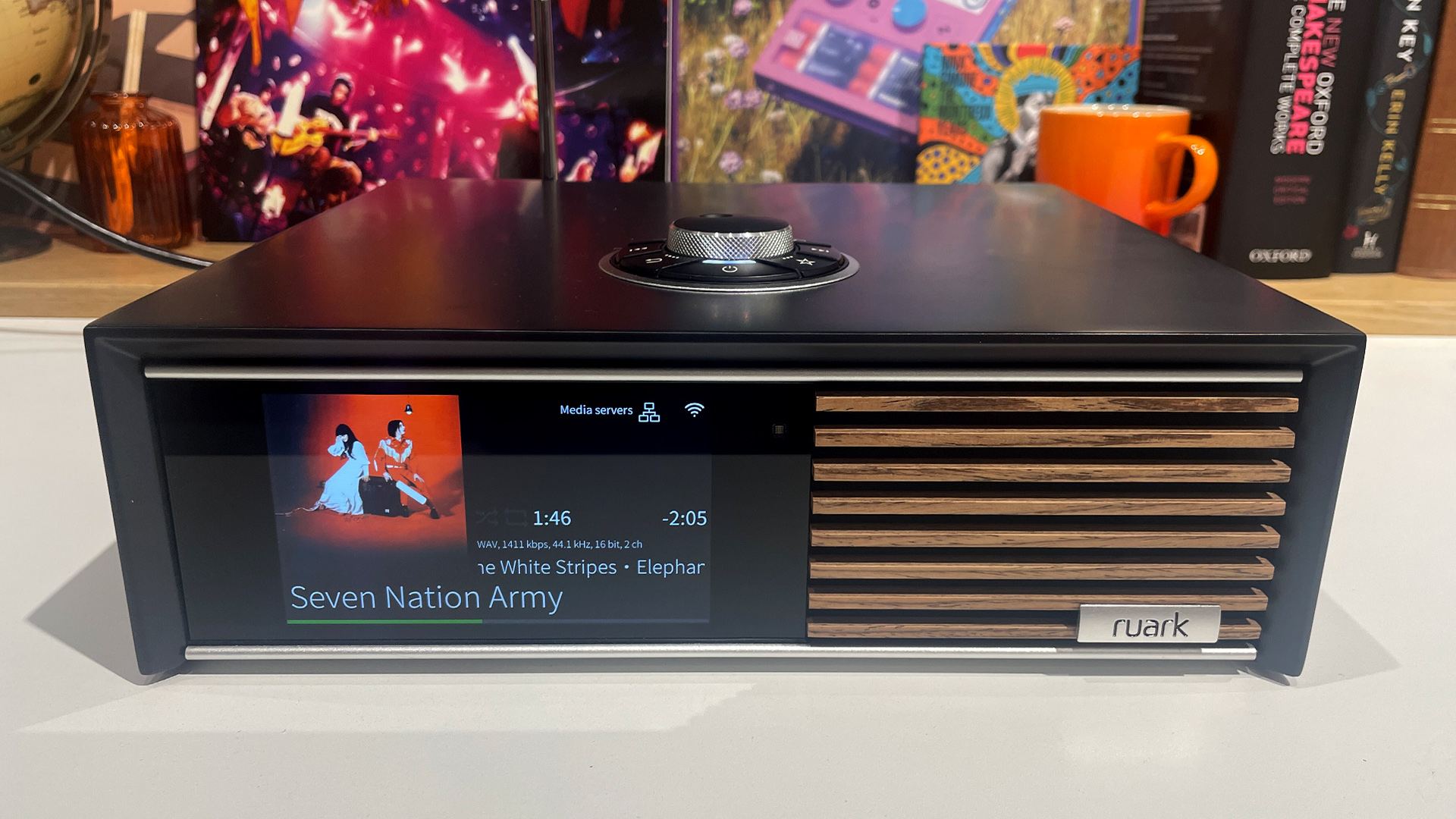Integrated vs pre/power amplification: the pros, cons and which is best for you
The decision should be based on more than just box count
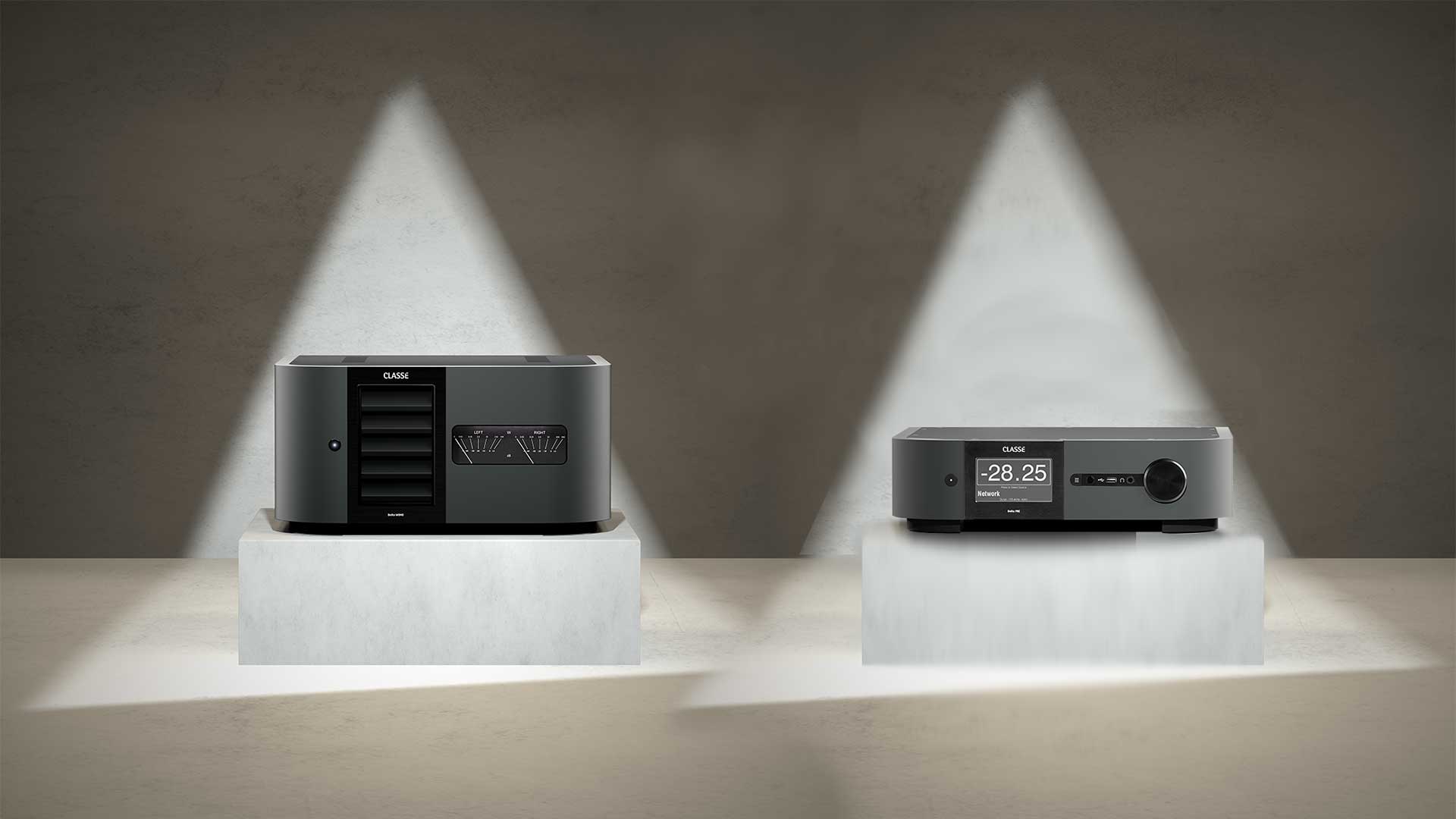
If you’re building a hi-fi system, amplification is a necessary cog in the chain. While your source (turntable, streamer etc) plays your music and your speakers output it, the middle-man amplifier crucially boosts the audio signals received from the source so that it can be understood by your speakers.
Providing you want a traditional source, stereo amplifier and passive speaker set-up as opposed to one built around active speakers (which themselves house amplification), you can go down one of two amplifier routes.
You can a) buy a one-box integrated amplifier, which houses both the necessary preamplifier and power amplifier sections (more on that shortly), or b) split the sections by pairing a separate preamp with a stereo power amplifier or at least two mono power amps (otherwise known as monoblocs).
Option ‘b’ naturally increases your system’s box count and tends to make sense (and be more popular) at the higher end of the system sophistication spectrum. But there’s plenty more to consider when choosing between the two…
What's the difference?
Integrated vs pre/power: what’s the difference?
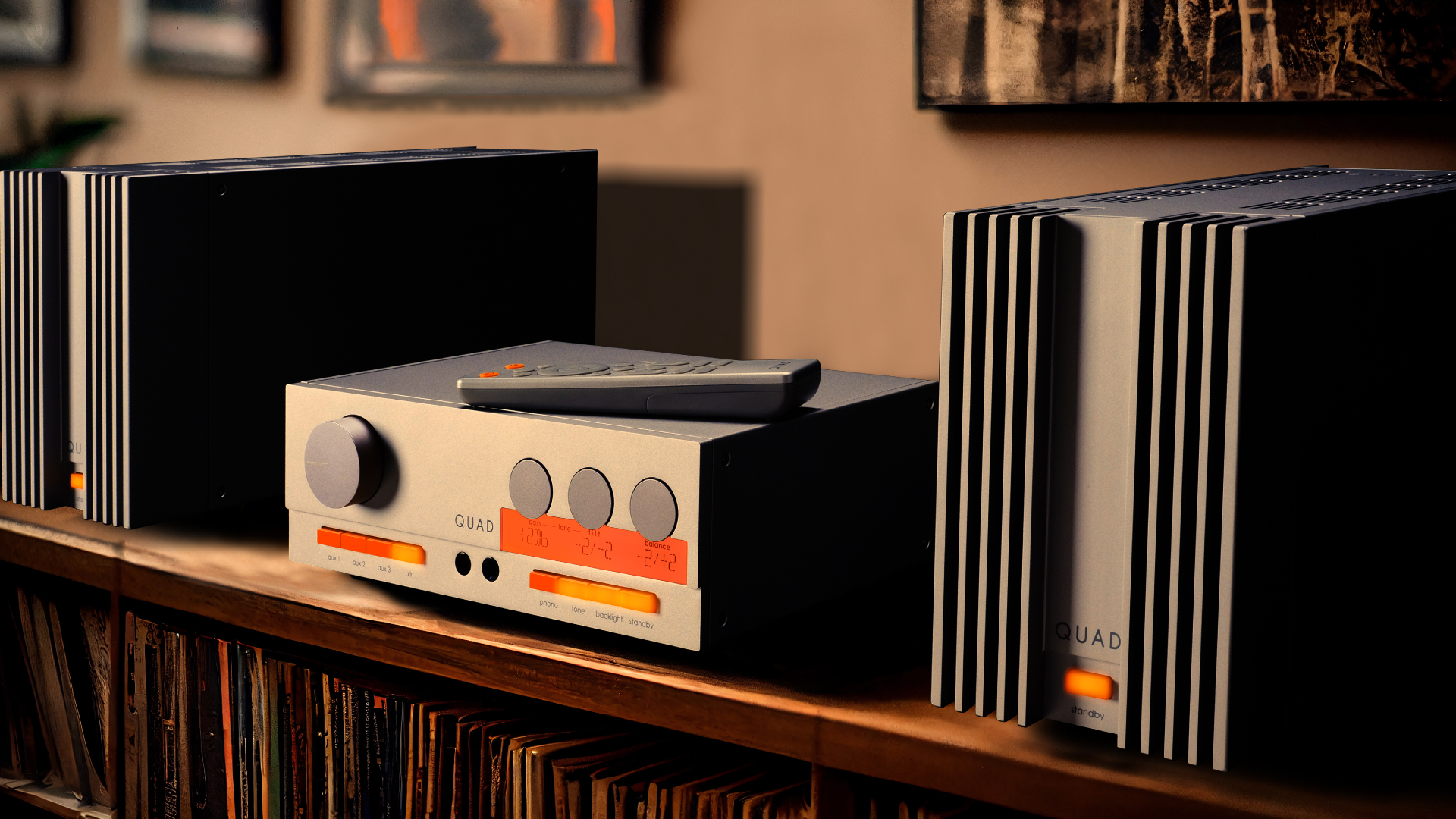
There are two essential parts to amplification circuitry. The preamplifier section is essentially the controller, primarily in charge of input selection and volume control, while the power amplifier section supplies the muscle to drive the speakers.
These sections can be packaged as separate components (a preamp and a power amp) linked by an interconnect cable, or ‘integrated’ into one chassis (an integrated amp).
Integrateds are always stereo in configuration, meaning that they output both the left and right channels of a signal. With the pre/power route, however, the power section can typically be delivered by one stereo power amp (outputting both right and left channels, as an integrated does) or, more ambitiously, two mono power amps that are each connected to the preamp and drive one channel each.
The latest hi-fi, home cinema and tech news, reviews, buying advice and deals, direct to your inbox.
Below, we discuss the benefits of each of the two amplifier avenues, considering price, performance, system matching and upgradeability. Just remember that one amplifier type’s pros are typically the other’s respective cons!
Integrated amplifiers
Integrated amp pros: simpler, more convenient and affordable
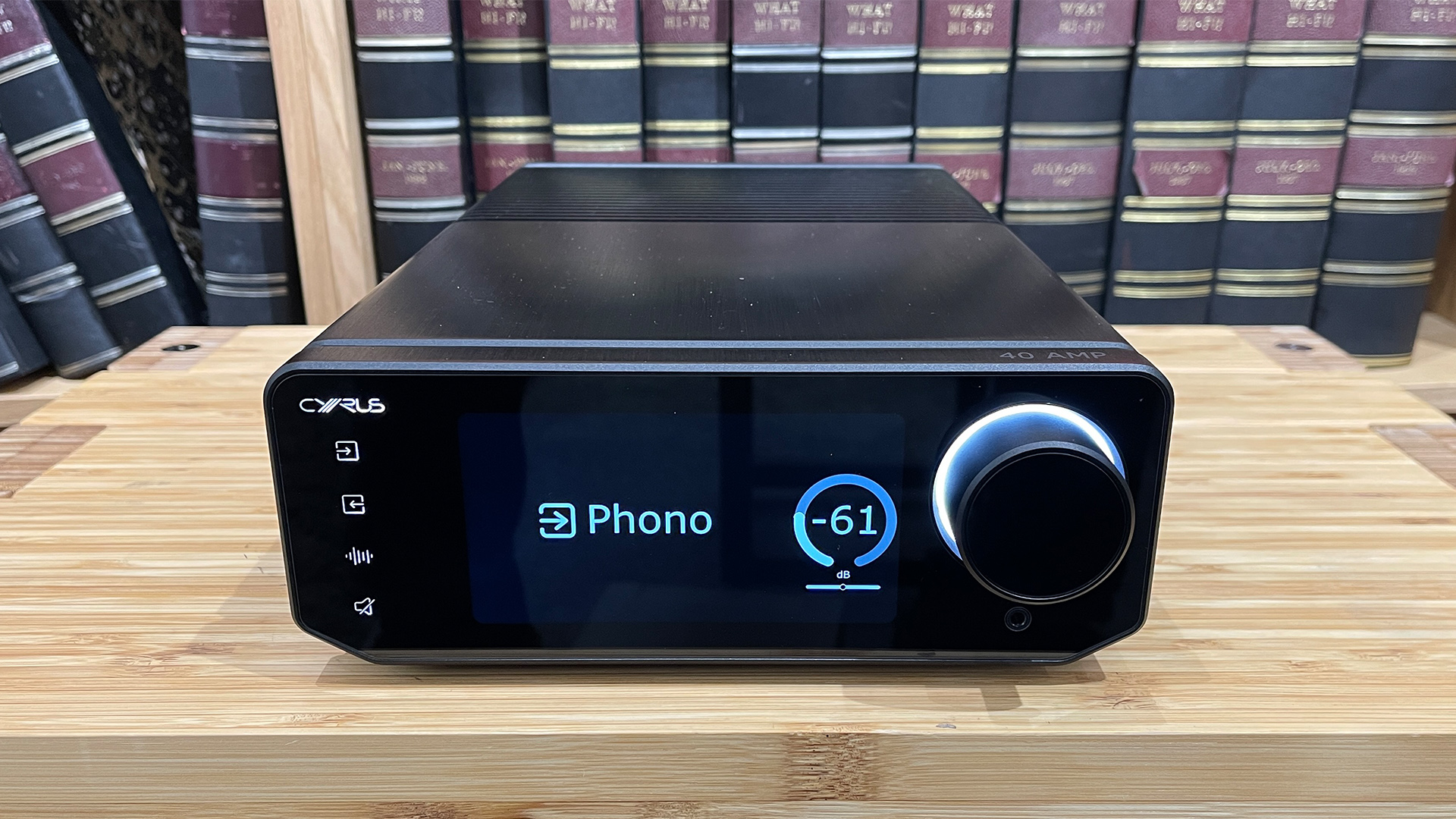
Affordablility
Shopping around for preamps and power amps online, you’ll quickly notice a lack of affordable options. Indeed, until you’re comfortably in four-figure price territory, pre/power pairings are not easy to find.
The price of integrated amps, however, starts from around £100 / $100 / AU$200 and goes beyond 100 times that. So your decision between an integrated or pre/power may come down to your budget alone.
You’re paying for only one chassis, of course, but also integrateds are typically more inherently compromised machines, as you will discover as you read on. There are reasons pre/power combos make up the majority of the most expensive amps in the world.
Convenience and space efficiency
Stating the obvious somewhat, one box is easier to house than two or more. All integrateds, no matter how high-end and chunky, will fit on a single, solid hi-fi rack shelf.
Not only does a pre/power pair require two shelves, but some stereo (and most mono) power amps are so huge, heavy and heat-emitting that they will require being placed on the floor on a separate, dedicated stand.
Also, when doing your buying research for an integrated, you don’t need to consider how well the preamp and power amp sections work together…
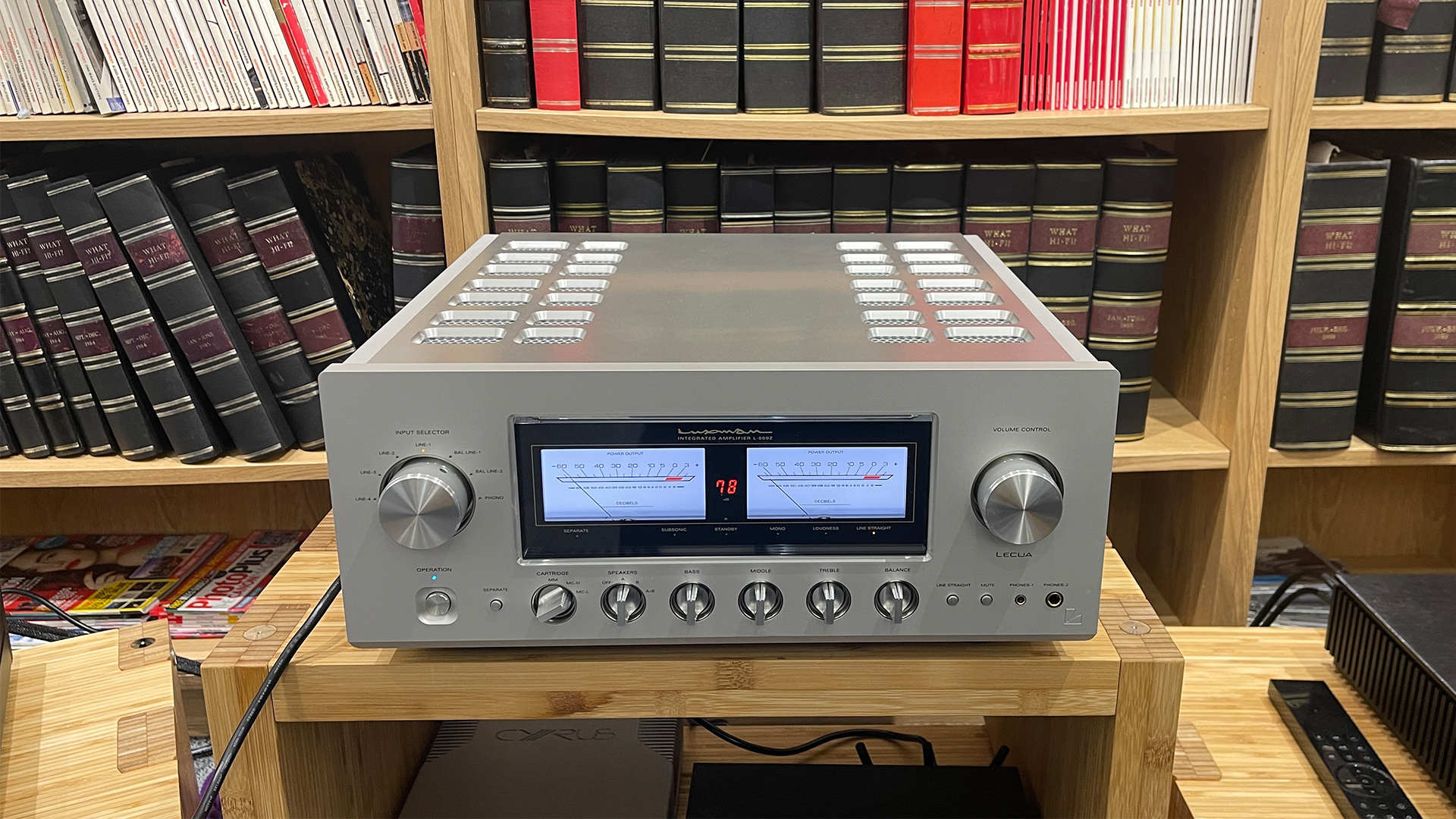
Tuning synergy
Indeed, it’s a given with integrateds that their pre and power circuitry has been specifically designed, implemented and tuned to work well together. A bit like how the ingredients in a microwave meal have been chosen to go together.
With pre/power combos, however, such engineering symbiosis and the resulting sonic synergy are somewhat less certain.
Sure, sticking with the same manufacturer and product series is a good place to start, as these components will have been designed especially to work in harmony with one another. But that approach is by no means a strict rule, and mixing and matching manufacturers for your pre and power requires research time, and a lot of trial and error effort to ensure optimal compatibility.
It’s worth noting that choosing an integrated doesn’t mean that careful system matching in the quest for sonic synergy is off the cards, though. You still need to ensure it is a good match for both your source and speakers.
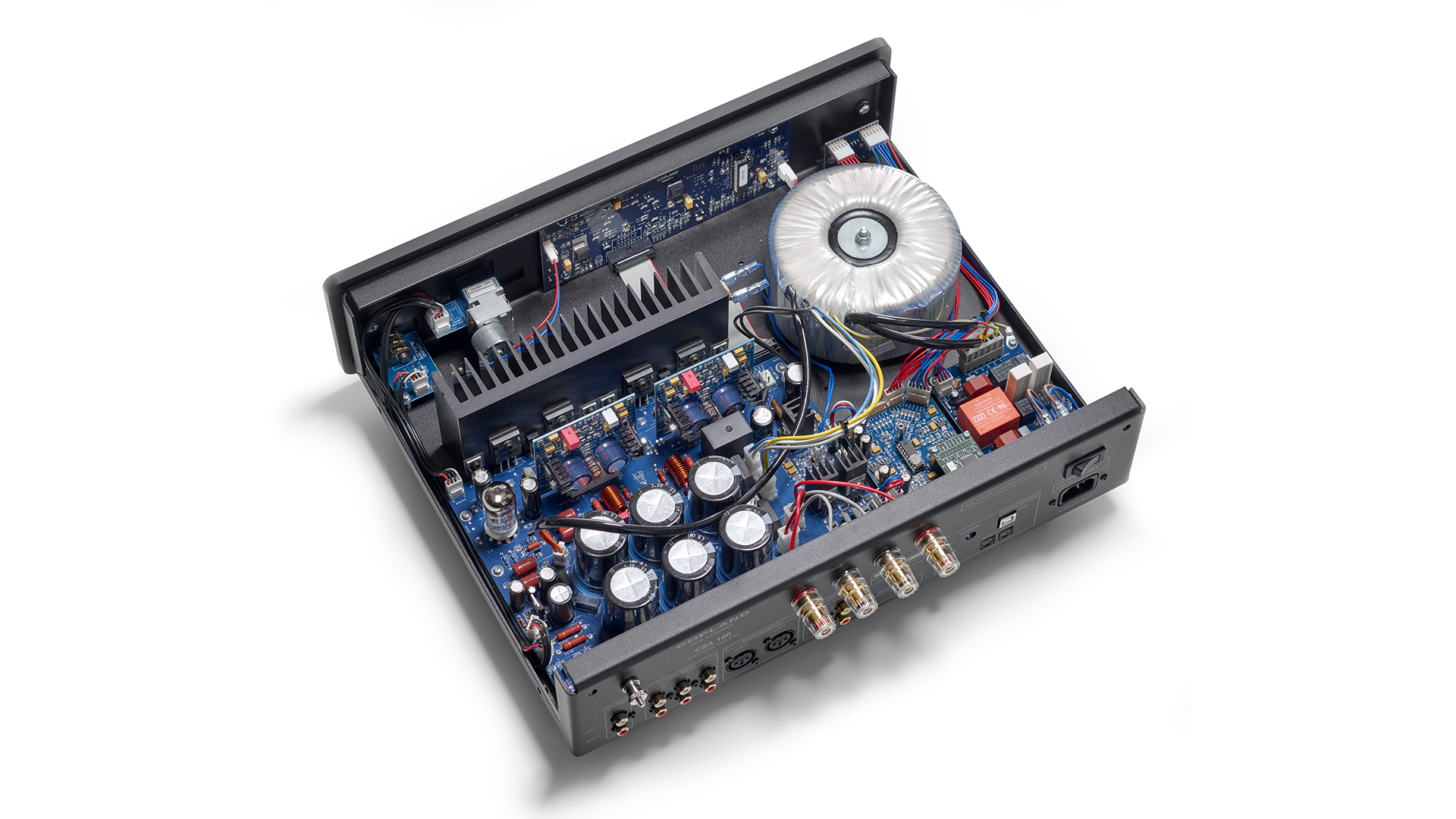
Fewer cables
Integrateds pile on extra convenience points by only requiring the cables necessary to connect them to your source and speaker, as opposed to an extra interconnect cable connecting the pre and power boxes together.
The benefit of one fewer cable doesn’t just come down to cost and tidiness, though. Regardless of cable quality, signals are inherently degraded when travelling down them to get from A to B.
Whereas a preamp signal must travel through and out of the preamp chassis, along a cable, and then through a power amp chassis, the signal path within an integrated is kept within the box and is considerably shorter.
Pre/power amplifiers
Pre/power pros: better performance, flexibility and upgradeability
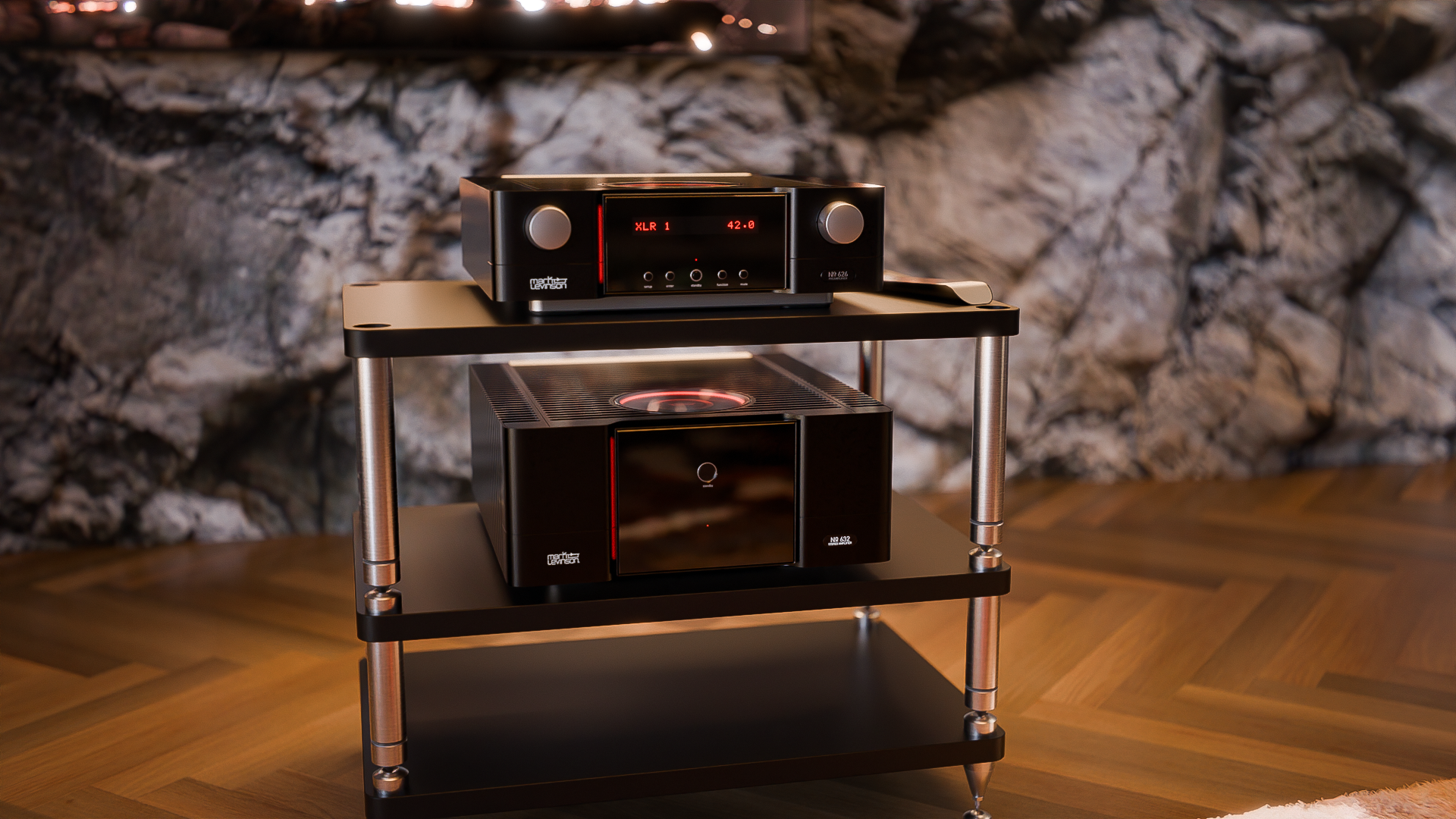
Maximum room, minimal interference
While it isn’t always the case that a pre/power combo will sound better than a price-matching integrated, they typically do offer higher performance for a few main reasons.
Firstly, separating the sections naturally isolates the two circuits, thus more or less eliminating interference between the sensitive, low-level preamp signals and the higher-voltage, current-hungry power amp signals (and beefier power supply), and reducing noise and distortion.
In integrateds, no matter how hard the manufacturer has worked to electrically shield the two circuits from one another, they will be subject to performance-affecting interference due to their shared chassis and close proximity.
Secondly, as not as much has to be crammed into one box, pre/power amp manufacturers have more space to optimise circuit paths and layouts, and isolate certain components. In power amps, that extra room can, for example, accommodate larger transformers and heatsinks to facilitate more power delivery.
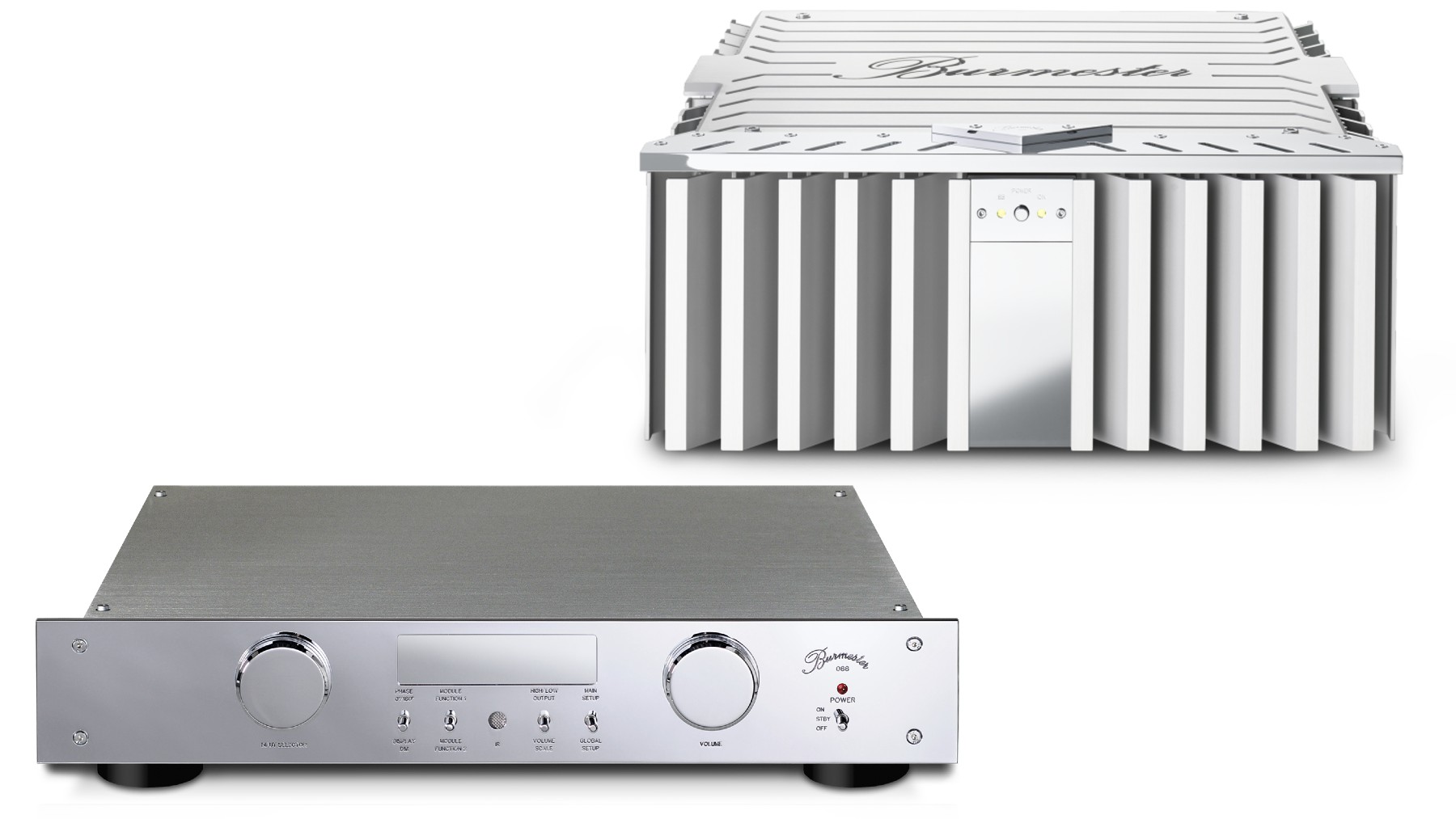
Dedicated, isolated power supplies
The third and final major performance benefit relates to the power supply. With two boxes, you get a dedicated power supply in each that can feed clean, isolated power in the exact quantities that are needed for that box’s particular role, without one section’s demands affecting the other’s.
Meanwhile in integrateds, generally the pre and power circuitry sections are fed by the same power supply. So if the power amp demands a surge in current to produce a big bass note, for example, that can take current away from the preamp and detrimentally affect performance.
Some integrated amplifiers, such as the Cyrus 40 AMP, have connections that allow you to connect an outboard power supply manufactured by the same company, enabling you to upgrade their performance down the line. But if you’re doing this from the outset, it may be more beneficial to consider choosing a pre/power in the first place.
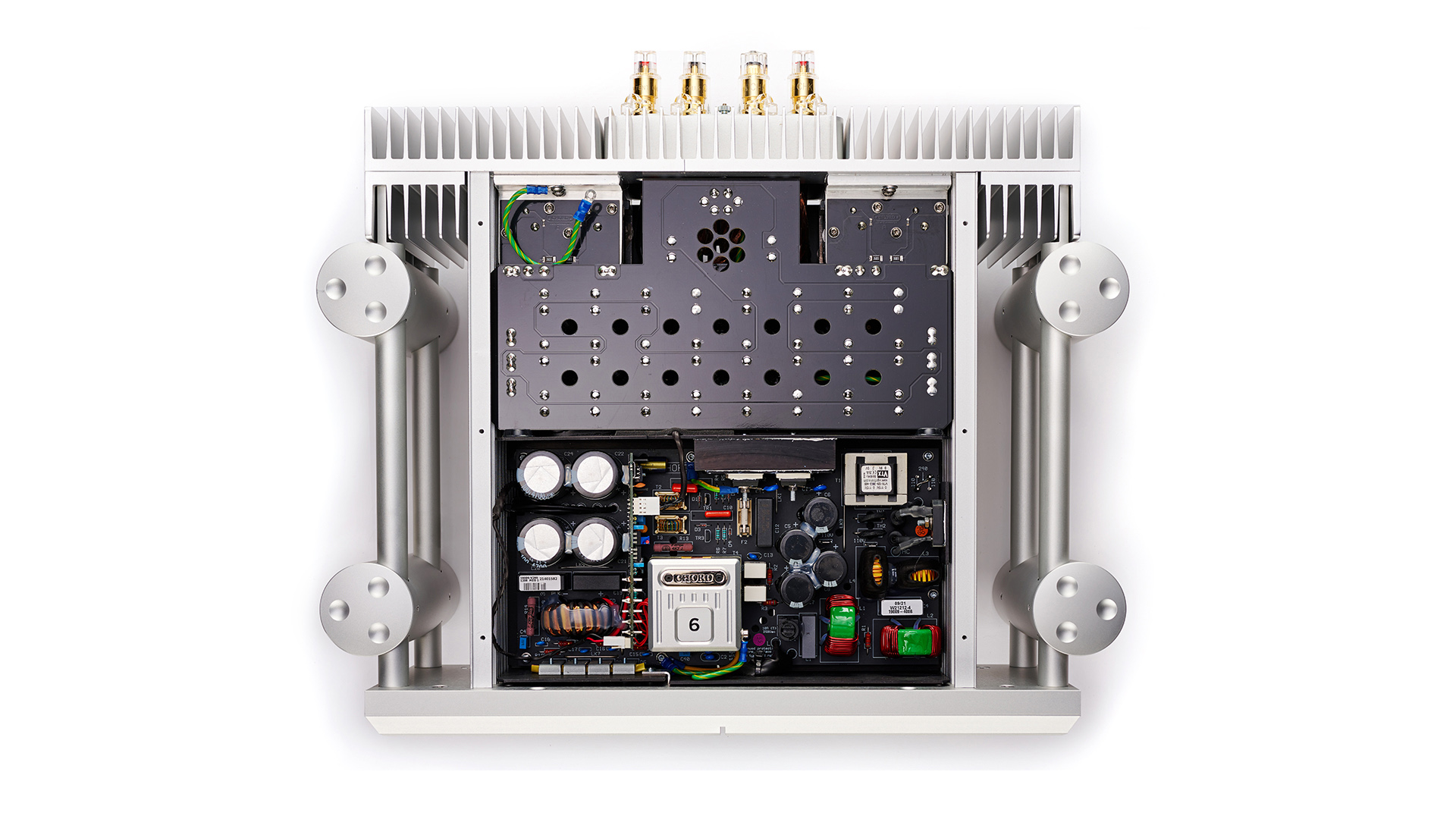
More flexible and upgradeable
Splitting the amplification duties into two boxes means you can easily upgrade one separately from the other. Perhaps you’re happy with one box’s performance more than the other’s, or you don’t have the budget to upgrade both at the same time. Or you want to upgrade your preamp’s existing connectivity, or you’ve decided to upgrade to a source that has a decent preamp built in, negating the need for a separate one.
Some integrated amplifiers do have pre-out connections, allowing you to hand off preamplifier duties to a separate preamp so that your integrated can focus solely on the power amp part.
But as with the power supply, if you’re doing this from the off, perhaps a pre/power combo is the preferred choice in the first place. After all, you will essentially be bypassing and therefore wasting the integrated’s preamp section that you have spent good money on.
MORE:
Our guide to the best stereo amplifiers tested and rated across all budgets
Class A, Class A/B and Class D amplification: what does it mean for amplifiers?
Read our Gryphon Audio Diablo 333 integrated amplifier review

Becky is a hi-fi, AV and technology journalist, formerly the Managing Editor at What Hi-Fi? and Editor of Australian Hi-Fi and Audio Esoterica magazines. With over twelve years of journalism experience in the hi-fi industry, she has reviewed all manner of audio gear, from budget amplifiers to high-end speakers, and particularly specialises in headphones and head-fi devices.
In her spare time, Becky can often be found running, watching Liverpool FC and horror movies, and hunting for gluten-free cake.
You must confirm your public display name before commenting
Please logout and then login again, you will then be prompted to enter your display name.
